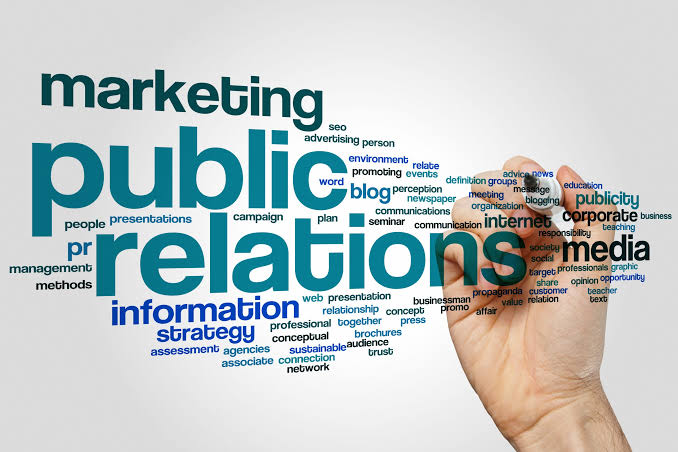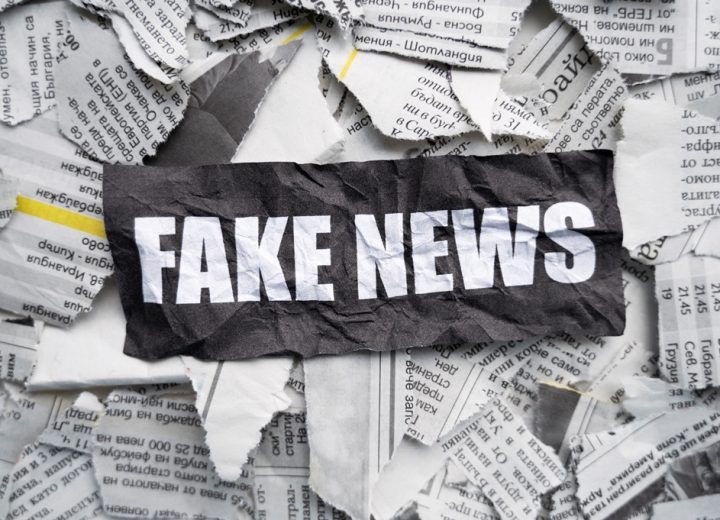The business environment is dynamic and constantly evolving. Businesses that will thrive in today’s marketplace are those that in addition to providing relevant products and services, build brand loyalty.
The role of Public Relations (PR) has become increasingly important in shaping and solidifying a brand’s identity. It serves as a strategic tool for building and enhancing brand reputation, credibility, and visibility. Experts argue that through a blend of storytelling, communication tactics, and relationship building, PR has the power to propel brands to new heights.
Here are five ways it does this effectively:
Establishing Brand Identity: At the heart of PR’s impact on brand building lies the ability to craft and communicate a compelling brand narrative. By defining key messages and values, PR professionals help create an authentic identity that resonates with target audiences.
Consider the example of Nike whose iconic “Just Do It” campaign not only solidified its brand identity but also transcended mere product promotion to embody a cultural movement, inspiring millions across the globe. Sponsoring marathons across the globe provided ample sauce.
Building Credibility and Trust: In an era marked by scepticism and information overload, establishing credibility is essential for brands. PR plays a pivotal role in this regard by securing media coverage, endorsements, and partnerships that validate a brand’s claims and offerings. Take Tesla, for instance. The firm’s innovative approach to electric vehicles garnered widespread acclaim through strategic PR efforts, positioning the company as a trailblazer in sustainable transportation. Hint: Tesla launches are always huge media events.
Managing Reputation: Today, the world is more connected than ever. It is no surprise therefore that brand reputation can make or break a business. PR acts as a safeguard against reputational risks. It proactively addresses crises, manages stakeholders’ perceptions, and promotes transparent communication. An exemplary case is how Johnson & Johnson effectively handled a product recall crisis in the 1980s by prioritizing consumer safety and maintaining an open dialogue, ultimately safeguarding its long-term reputation. The firm emerged from the crisis stronger.
Driving Visibility and Engagement: Visibility is the lifeblood of brand building. PR serves as a catalyst for enhancing brand awareness and engagement across diverse channels. Through strategic media placements, influencer collaborations, and digital initiatives, PR amplifies brand messaging to reach wider audiences.
Readers will remember Coca-Cola’s “Share a Coke” campaign, which not only revitalized consumer interest but also sparked social media conversations and user-generated content, driving unprecedented brand engagement.
Expanding Global Reach: The world is today a global village. PR facilitates brand expansion into new markets by tailoring messaging and cultural nuances to resonate with local audiences.
McDonald’s exemplifies this through its localized PR strategies, adapting menu offerings and marketing campaigns to cater to diverse cultural preferences while maintaining brand consistency worldwide.
PR not only shapes perceptions but also promotes meaningful connections that endure beyond borders, propelling brands to achieve enduring success in today’s dynamic marketplace. So, from shaping brand identity to safeguarding reputation and driving global visibility, the role of PR in building and sustaining brands cannot be overstated.
By leveraging the power of PR, businesses can build strong, sustainable brands that resonate with audiences worldwide.
As public relations professionals, we leverage storytelling, strategic communication, and relationship management, to help businesses achieve sustainability and growth.





